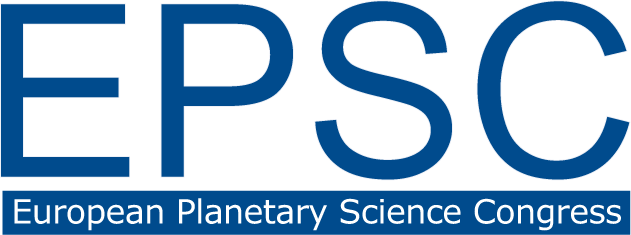This session will promote studies on the general advancement and discussion of future perspectives in the utilization of observational and experimental techniques to characterize small bodies, their surfaces, and also the dust in the solar system. Abstracts are solicited on progresses in numerical methods to extract relevant information from images, photometry, polarimetry and spectroscopy in solid phase, reference laboratory databases, photometric modeling, interpreting features on planetary surfaces, mixing/unmixing methods, and radiative transfer in complex particulate media. Software and web service applications are welcome.
This session also aims to overview the progress in polarimetry of the solar-system and exosolar objects (including disks) and to outline future trends in polarimetric studies. We welcome presentations on recent results on polarimetric ground-based and space instrumentation, observations and computer/laboratory modeling, as well as studies on the history of polarimetry and its future prospects.
This session will celebrate the 200 year anniversary of the first use of polarimetry in astronomy by Francois Arago, when he discovered polarization in the Great Comet of 1819. Since that time polarimetry became one of the major tools in astrophysics, which provides key information on physical properties of dust/aerosol particles, surfaces, and magnetic fields in the solar system and beyond.

